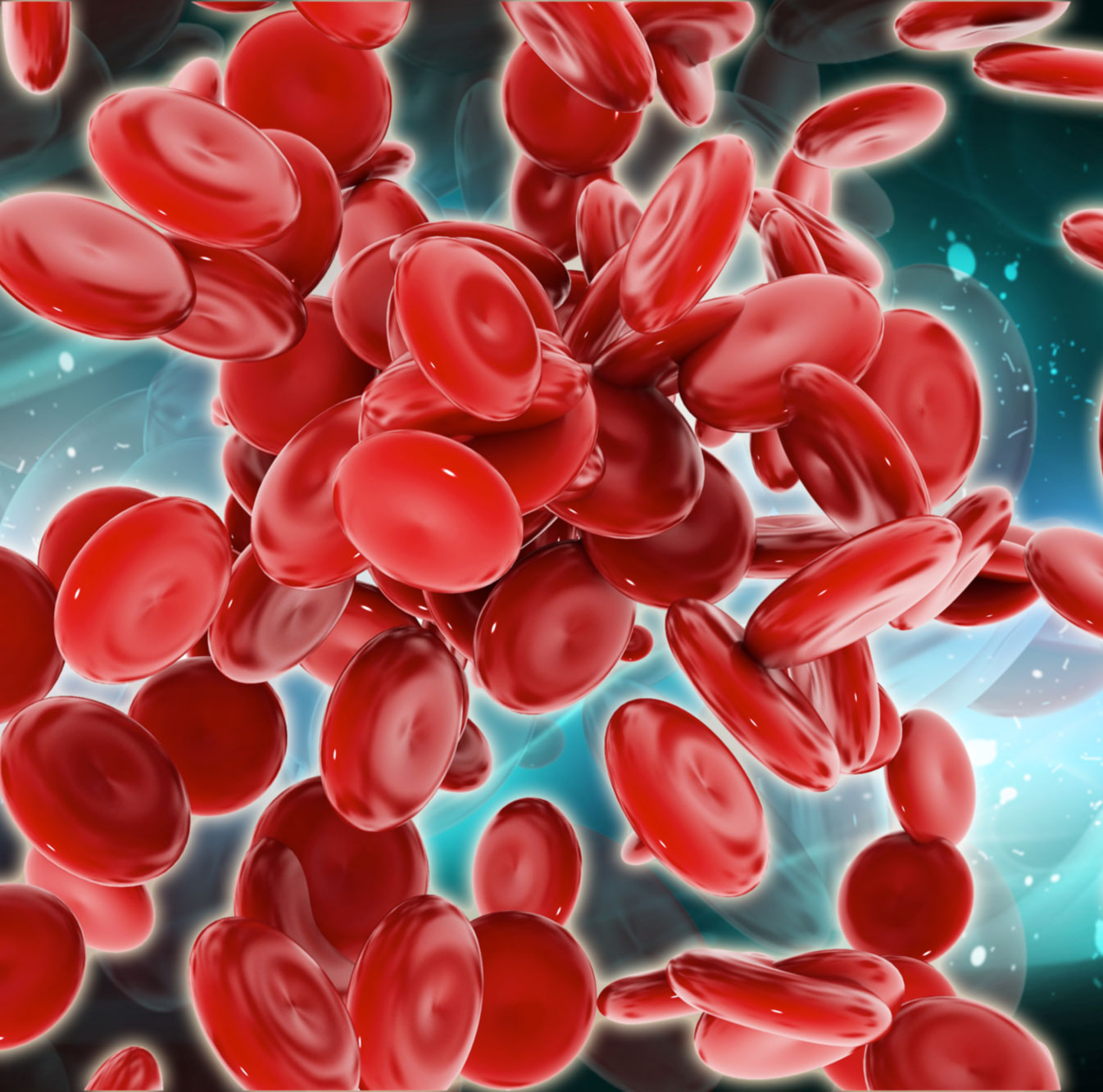Babbling brook – or acidic pond
A gentleman presented in the clinic with symptoms of heavy legs and eczema. He asked for a pill or ointment to “make the evil go away.” With the stroke of a pen, he could have been given a prescription for a cream with hormones and antifungal agents, which would alleviate his symptoms. But this would only treat the surface of the problem – what was causing his symptoms?
Upon closer examination it transpired that he had varicose veins in his legs and a brownish discolored area around the eczema, often seen with poor circulation.
Let us look at how the circulation works in the body in order to better understand why our gentleman was suffering with these symptoms

In a healthy body the heart pumps five litres of blood around the body through elastic arteries, to nourish and provide energy to the vital organs, skin, muscles and bones. After the blood has delivered its precious cargo of oxygen and nutrients, it must then return to the lungs and heart through the veins removing waste products from the cells.
Blood flows like a river through the body’s landscape. The more efficient the flow, the more oxygen and nutrients can be delivered to the cells. It’s like the babbling brook: If there is air, light and circulation, then to a large extent it can clean itself. However if we look at odourous, stagnant bog water where algae and other microbes are growing, it’s dark, has very little movement, and algae is allowed to grow unchecked leading to bog fermentation and decomposition. Our bodies need to function like the babbling brook in order to live long healthy lives.

Problems in the arteries
Poor circulation can be caused by reduced flow in the arteries, as evidenced by atherosclerosis. Rigid, calcified blood vessels can not supply tissues with enough oxygen and nutrients. This can cause pain, tingling sensations, restless legs, white-bluish skin, cramps and pain in the calves, especially during movement. This is known as “window looking syndrome” or Intermittent Claudication because of the compulsory rest breaks, while blood in turn supplies the muscles with oxygen for the next hundred meters.
Leg pain can also be caused by smoking and is called “smokers leg”. The nicotine has a contracting effect on the blood vessels, whereby the flow is impeded.
To counteract the increased resistance in the arteries, blood pressure is often elevated. If the pressure in the arteries is elevated for several years, the damage can spread to the capillary vessels as they are not made to withstand high pressures, being delicate in nature.
Problems in the veins
If blood is not able to flow freely back to the heart, it will accumulate, especially in the legs – known as “blood pooling”. This is simply due to gravity. Every time we move the legs, the muscles contract and pump blood back towards the heart. This function is called venous return. A system of venous valves ensure that blood does not flow backwards, but if the valves are worn, the blood left to stand in the veins where it begins to ferment and decompose. This becomes a perfect breeding ground for bacteria, fungi and other microorganisms.
It may cause swelling, heavy, cramping legs, varicose veins, phlebitis, skin discoloration, thin skin, sores (which can be large and exuding due to lack of drainage), eczema, muscle tension, cold feet and the risk of blood gathering in and around the venous valves. If this is allowed to thicken, these coatings can cause blood clots in the venous system, usually in the legs. A clot of coagulated blood or calcification may separate and travel in the blood to settle somewhere life threatening e.g. in the lungs.
Increase the circulation
The first step of the treatment was to have a circuit check to identify whether the problem was in the arteries and / or veins. The result showed normal blood pressure in the arm, but it was clearly increased in the legs, which reduced backflow into the venous system. Blood samples showed accumulation of waste and inflammation.
The patient was prescribed an anti-inflammatory diet with powerful antioxidants and horse chestnut for strengthening the veins. Acupuncture and phototherapy patches stimulated the formation of the body’s own antioxidants and boosted the circulation.
A brisk walk every morning and plenty of fluids was the most important lifestyle change. He was advised to paddle in the sea, to both stimulate and cleanse the blood circulation. At the clinic he had magnetic therapy, designed to improve circulatory problems and encourage the blood to flow more efficiently. This helps to cleanse the blood vessels, and the waste products can be transported away. A dietary supplement with colostrum and L-arginine helped to reduce inflammation and increase blood flow in the tissue.
The eczema disappeared slowly, and varicose veins reduced at the same rate as the “stagnant water” was pumped away.

- Know your blood!
Vitafakta can help you to understand your blood and hereby your health

